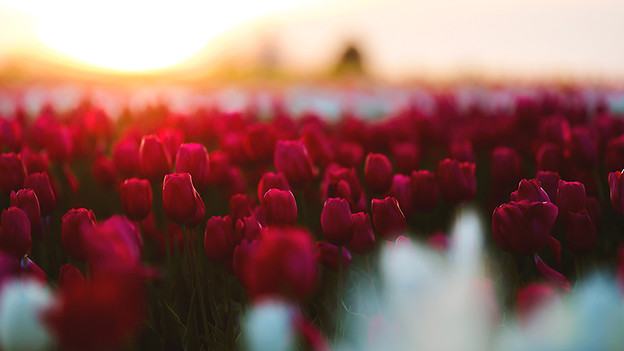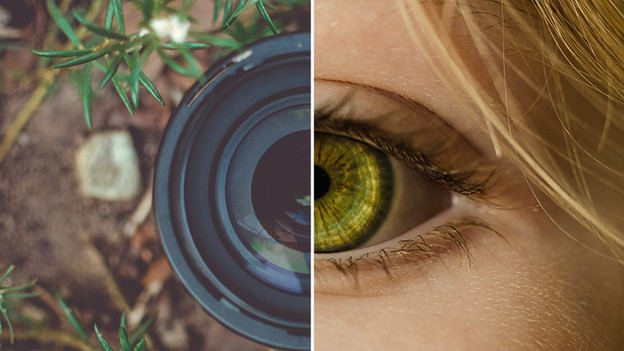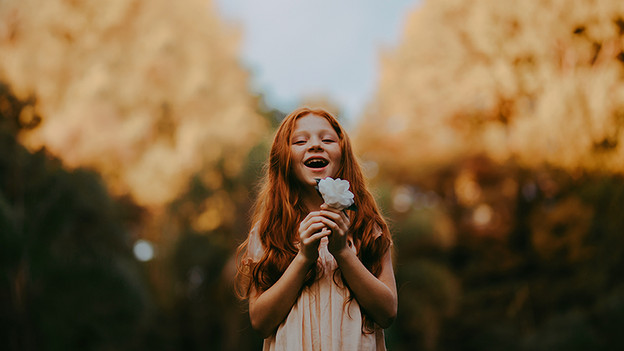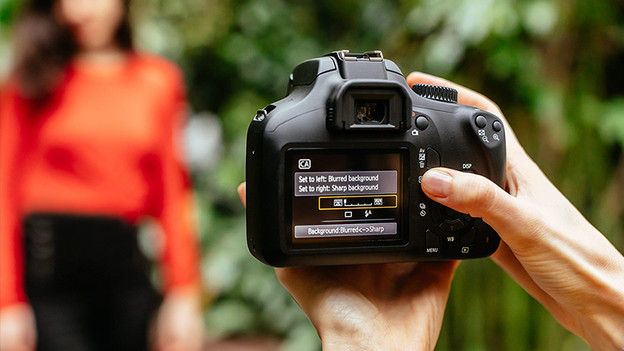
Written by Sanne
Edited on
21 April 2023
·
14:42
What's aperture?
There are probably some photography terms you've heard of but have no idea what they mean. Aperture is probably one of them. In this article, I'll explain exactly what aperture is, how it works, and when to use it.

What's aperture?
The sensor of your camera needs light to convert the image into a photograph. The aperture refers to the lens opening through which light falls on the sensor. The size of this aperture determines how much light enters the sensor. In addition, aperture is an important factor in determining depth of field. A narrow depth of field means that a small part in the photo is in focus and a large part is out of focus.

How exactly does it work?
The best way to compare the aperture of your camera is to the pupil of your eye. On a sunny day outside, your pupil is small. As soon as it gets dark outside, your pupils get bigger, so you can still see well. A large lens opening, like an eye pupil, allows more light to enter in dark situations. To create a clear image, the aperture stays small when there's enough light for the camera.

When do you use it?
A camera adjusts the aperture itself in automatic modes. If you want more control over the exposure, you can adjust the size of the aperture yourself. In dark situations where you don't want your photo to be underexposed, use a larger aperture. If you're taking a portrait photo where only the person needs to be in focus, use a large aperture. This'll create a narrow depth of field. If you want to take a photo in which everything is in focus, use a small aperture.
How do I recognize the aperture on my camera?
You can recognize aperture by the letter 'f' with a number behind it. This number often runs from 1.4 to 22 or 30. With a high number comes a small aperture, so that's the opposite. If you need a large aperture, choose a number from about 5.6. For a picture in which everything must be sharp, use a high number from about 11. Remember, the larger the aperture, the smaller the number.

